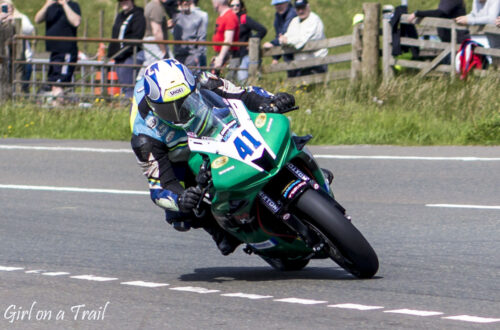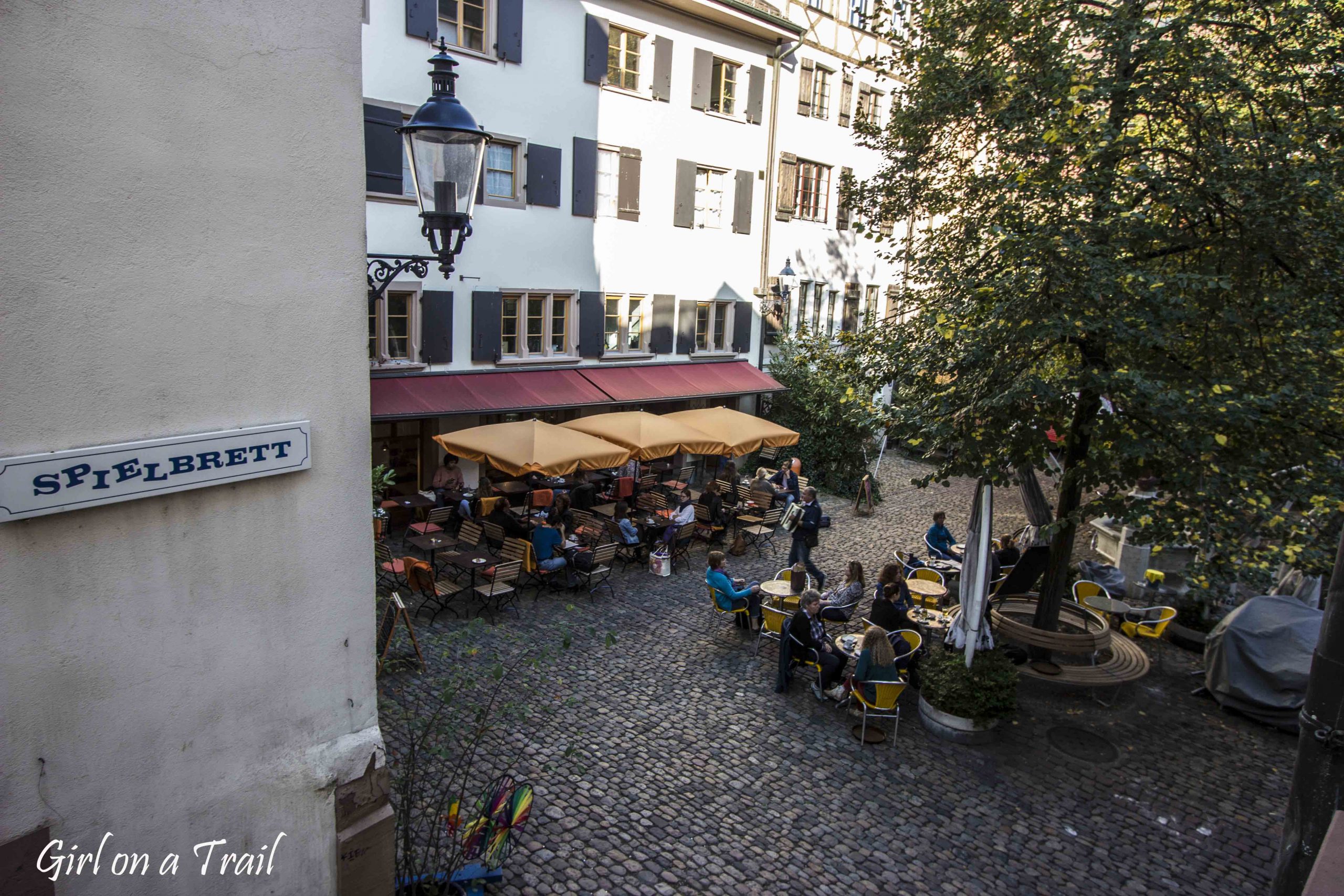
Skopje, North Macedonia – the fantasy of a crazy architect
Skopje was on my list for a long time, mainly because I wanted to see the capital of the former empire stretching on three continents, created by one of the greatest strategies of all time – Alexander III the Great. However, what I saw on the spot completely surprised me. Skopje actually looks very bizzare. The strict center of the city resembles the realisation of the boldest fantasy of a crazy architect. This is a combination of monumentalism and kitsch. Neoclassicism mixes here with a lot of unnecessary details and disco illumination, while adjacent districts are totally ruined. Clearly, North Macedonia has some kind of complex.


However, no wonder, looking at the history of the name of this country. Over the years it was known as the Former Yugoslav Republic of Macedonia or the Republic of Macedonia. Since 2019, this country has been known as the Republic of North Macedonia. The change of name was the result of long conflict with Greece, which used to say that the name of this country referred to an ancient Macedonia, which was part of Greek cultural heritage.

Moreover, for the same reason, Macedonia changed its flag. Additionally, while being in Macedonia, I was surprised by the number of Albanian flags in the streets. Albanians represent around ¼ of the general population and are one of the most numerous ethnic minorities in Macedonia; it’s the result of a large natural growth and a conflict in Kosovo which caused a large influx of Albanian refugees. The presence of so many Albanians, the neighbourhood of Albania and Kosovo and the pursuit to establish so called ‘Great Albania’ are the biggest threat to Macedonia. No wonder the Macedonians – descendants of Alexander the Great are trying to strengthen the sense of national identity and pride of the former empire. For this reason and following the tragic earthquake in 1963, the authorities decided to rebuild Skopje as the example of the capital of the former superpower.

As part of the so-called The Skopje 2014 project they built many new government buildings, the Archaeological Museum, an almost 30-meter monument of ′′ The Warrior on a horse ′′ – presenting Alexander the Great.

What’s the effect? A Warrior on a horse looks dignified, while the colourful rest of this monument is the quintessence of kitsch fashion. By the way, about 300 other monuments were built in Skopje, several of them can be seen here on the Wardar River, on the facades of buildings or in the form of numerous fountains.

The number of decorations and colors overwhelms, the only thing missing is cotton candy and bagels stands. No wonder the implementation of the Skopje 2014 project caused numerous protests among the residents. It’s not only about aesthetics, although there’s no accouting for taste, the residents definitely want to talk about the lack of taste. In addition, it’s also caused by the fact that the remodeling of the center consumed a huge sum of money, while the country lacks funds, even for healthcare, education, and transport infrastructure. To this day you can see signs of riot on the streets of Skopje.

Fortress Tvrdina Kale rises above the city. Unfortunately, the city authorities did not take care of its restoration, however, it’s a great viewpoint on the capital of Macedonia.


The best is to get there from Old Čaršija, an old marketplace, which has a typical Turkish vibe. This place has been a marketplace since the 13th century and looks like time has stopped here. The old workshops and numerous stands with atiques, books and paintings create a unique atmosphere of this place.


It’s also worth a look at the bakery run by an old lady from whom you can also purchase boza – a softly fermented drink made from a millet with a very interesting taste 😉


Nevertheless, the ′”back′′ of the market, created by narrow streets, with characteristic white buildings, is also interesting.


The second interesting shopping place is the Green Market, where apart from vegetables and fruit you can buy many local products.

The authentic spot in Skopje is Debar Maalo – a district that has retained its unique character. It’s located right next to the strict center of the city, but it doesn’t look like as pretentious and artificial as the center. Here you can see the real lives of the residents of Skopje and how the city actually requires financial support. It’s striking when you compare the pathetic building of the strict center with Debar Maalo reality.


When visiting Skopje it’s worth taking a look here, because this neighborhood is famous for a lot of restaurants and cafes. Besides, there are many interesting murals here.


Don’t miss visiting the Museum of Skopje, located at the place of the former railway station. Time has literally stopped at the museum, the clock on the facade has shown the same time since the earthquake began in 1963. On the other hand, you can see here an exhibition devoted to this tragedy.


Do you like this post? Check out another one!




